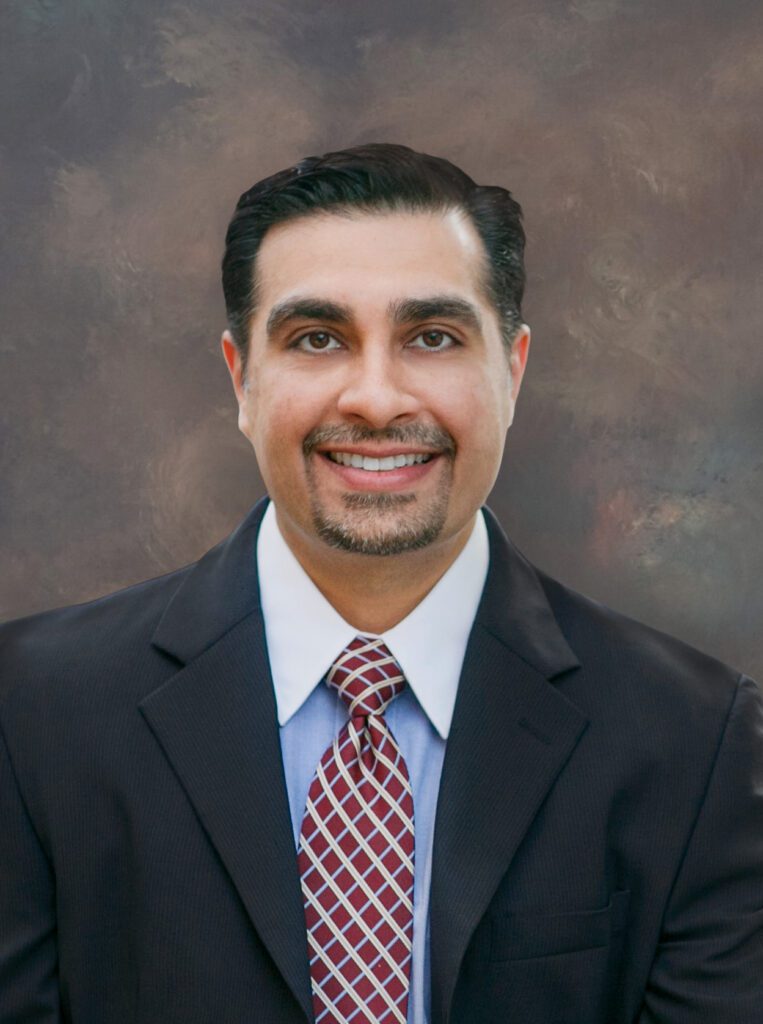Younger Generations Focusing on Preventive Over Reparative Cosmetic Procedures
by RYAN MILEJCZAK
Cosmetic procedures have become increasingly common during the past decade. Procedures like botox treatment, hyaluronic acid fillers, and intense pulsed light (IPL) therapy are more popular than ever, and more and more young people are choosing to get cosmetic procedures than ever before. In many cases, these treatments are a form “prejuvination” — cosmetic procedures intended to prevent the effects of aging before they happen.
“Cosmetic procedures are becoming more common for younger people, especially those under 30, particularly with regards to facial fillers, Botox, that sort of thing,” says Dr. Raam Lakhani, a specialist in ear nose, throat, head, and neck surgery and facial plastic and reconstructive surgery who has practiced at Watson Clinic in Lakeland for 20 years. With his extensive experience, he’s had a front-row seat to the evolving cosmetic procedure scene.


Many of the most popular procedures Lakhani sees these days are minimally invasive, nonsurgical procedures.
“What I see more people requesting and pursuing are things like fillers, neurotoxins, and neuromodulators such as Botox, and things like laser treatments and various skincare regimens,” says Lakhani, who attributes some of their popularity to their less aggressive nature. Because these treatments are quick, give little to no side effects, and require little to no recovery, they’re an easy choice for those looking to improve their appearance.
That increase in popularity doesn’t concern Lakhani, though, because the procedures themselves are incredibly safe.
“Botox and other neuromodulators have been around for decades, and particularly from a cosmetic perspective, they’ve been used very safely for a very, very long time.”
The same goes for filler treatments. At one time, these products were primarily animal derived, such as bovine collagen, which could lead to a variety of allergic reactions. These days, however, fillers are primarily bioengineered in labs, greatly reducing any chance of reactions.
This proven safety and efficacy could be one of the major reasons more and more young people are seeking cosmetic treatments, particularly as a form of prejuvenation. In contrast to rejuvenation, which seeks to repair and reverse the effects of aging, prejuvenation seeks to prevent aging’s effects from ever happening.
“Younger patients want to prevent any of the deeper lines and facial creases from happening,” says Lakhani, who adds, “I think the mindset is preventative. I think people are much more attuned to what the effects will be if they don’t take some precautions, and they’re much more open to the upkeep of it.”
What’s Turning the Tide?
Another potential source of an increase in younger patients seeking cosmetic procedures is social media. With increasing use of social media among younger generations, as well as the rise of the now everpresent camera phone, people see more of themselves, from more angles, than ever before.
“I think a lot of it is social media and Instagram,” says Dr. Lakhani, who continues, “I think younger people are taking a lot more pictures of themselves, they’re much more critical of the different angles they see themselves from, especially compared to years past when these things weren’t even a consideration. People look at themselves in these images and they think, you know, I wish I looked like this, or they see something they want to emulate and think, ‘Oh, I wish I could do this.’ And these days, with less aggressive techniques, they can really achieve a lot of that.”
What’s Ahead?
He says he also sees other potential changes on the horizon in the world of cosmetic treatments.
“Many things have improved significantly over the past 10 years,” Lakhani says.
“Fillers have become enhanced in terms of feeling much more natural on the skin, the delivery systems of various lasers have improved, leading to less thermal injury, less downtime and quicker recovery. And I think there’s still more to come, things like fat transfer, for example, which still isn’t done commonly. Or there’s platelet rich plasma, which takes your own blood products and components of that and it’s injected to help tissue in various ways.”
He also talks about another potential treatment that involves taking stem cells derived from a person’s own body fat, which can enhance the longevity of things like fat transfers.
“It’s not quite there yet, but it could someday be a viable alternative to fillers.”
Looking even further into the future, Lakhani says he also sees the potential for massive improvements in surgical procedures.
“Surgery is becoming much more advanced in terms of minimally invasive procedures, and I think that’s going to start to translate to cosmetic procedures as well. Whether we use endoscopes or robotic techniques, or various other things, while it’s not on the immediate horizon, as these modalities become more commonplace, I think you’ll see them start to be used on the cosmetic side as well.”
